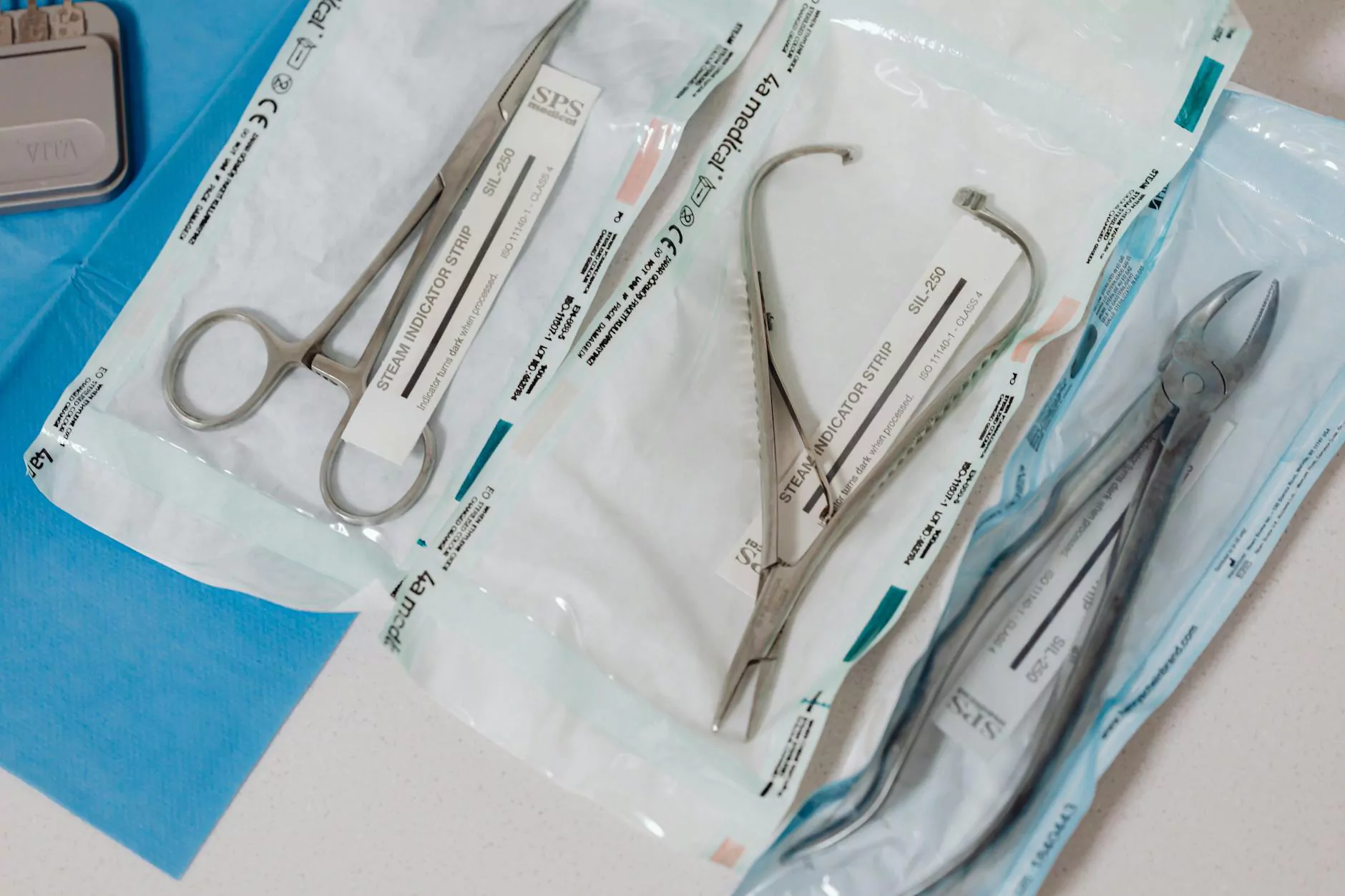Understanding Orthopedic Surgeon Tools: A Comprehensive Guide

In the realm of modern medicine, the role of orthopedic surgeons has become increasingly critical. They specialize in diagnosing, treating, and rehabilitating injuries, diseases, and deformities that affect the musculoskeletal system. At the heart of their work is a dedicated set of orthopedic surgeon tools that enable them to perform intricate surgical procedures with precision and efficiency.
What are Orthopedic Surgeon Tools?
Orthopedic surgeon tools refer to a variety of surgical instruments designed specifically for orthopedic surgery. These tools are essential for the examination, diagnosis, and treatment of musculoskeletal disorders. Their design and function cater directly to the various techniques used by orthopedic surgeons, making them indispensable for successful surgical outcomes.
The Importance of Quality Tools in Orthopedic Surgery
Having the right tools is crucial in orthopedic surgery for several reasons:
- Precision: High-quality tools provide the precision needed for intricate procedures.
- Safety: Well-designed instruments reduce the risk of complications during surgery.
- Efficiency: The right tools enable surgeons to complete procedures more quickly and effectively.
- Patient Recovery: Efficient surgical procedures can lead to shorter recovery times for patients.
Types of Orthopedic Surgeon Tools
Orthopedic tools can be broadly categorized based on their function in surgical procedures. Here is a detailed look at the most common types of orthopedic surgeon tools:
1. Examination Tools
Examination tools are vital for diagnosing orthopedic conditions. Some key instruments include:
- X-ray machines: Essential for visualizing bone structures and assessing injuries.
- MRI and CT scanners: Provide detailed images of soft tissues, helping diagnose complex injuries.
- Goniometers: Measure the range of motion in joints, assessing functionality.
2. Surgical Instruments
Surgical instruments are critical during orthopedic procedures. Notable examples are:
- Scalpels: Used for making incisions in soft tissues.
- Forceps: Allow surgeons to grasp and manipulate tissues.
- Scissors: Designed for cutting soft tissues, sutures, and other materials.
- Bone saws: Essential for cutting through bone during procedures like joint replacements.
3. Fixation Devices
Fixation devices hold bones in place during the healing process. Common fixation devices include:
- Pins: Used for realigning fractured bone pieces.
- Plates and screws: Designed to stabilize and support bone structures.
- External fixators: Provide support from outside the body, particularly in complex fractures.
4. Implants
Implants are used in various surgeries to replace or support damaged joints and bones. Noteworthy implants include:
- Joint replacements: Such as hip and knee implants that restore functionality to arthritic or damaged joints.
- Intramedullary nails: Support fractured long bones from within the medullary cavity.
Key Considerations When Choosing Orthopedic Tools
When selecting orthopedic surgeon tools, several factors should be taken into account:
- Quality and Durability: Tools should be made from high-grade materials to ensure longevity and reliability.
- Functionality: Instruments must be versatile and suited for various procedures.
- Ergonomics: Tools should be designed for ease of use, reducing strain during long surgeries.
- Cost-effectiveness: Consideration of long-term value over initial costs is crucial for hospitals and clinics.
Latest Innovations in Orthopedic Tools
The field of orthopedic surgery is constantly evolving, with new technologies emerging to enhance surgical precision and patient outcomes. Some of the latest innovations include:
- Robotic-assisted surgery: Utilizing robotic systems to assist in precise surgical movements.
- 3D printing: Custom implants and tools tailored to individual surgical needs.
- Minimally invasive instruments: Designed to reduce tissue damage and recovery time.
Proper Maintenance of Orthopedic Tools
To ensure the longevity and effectiveness of orthopedic surgeon tools, proper maintenance is essential. This includes:
- Regular cleaning: Instruments must be sterilized to prevent infection.
- Routine inspections: Checking tools for wear and tear to prevent failures during surgery.
- Safe storage: Tools should be stored in a manner that prevents damage or misplacement.
The Role of Orthopedic Tools in Patient Care
Ultimately, orthopedic surgeon tools play a significant role in enhancing patient care. The right tools help surgeons achieve:
- Accurate diagnoses: Leading to effective treatment plans.
- Successful surgeries: Resulting in improved recovery times and outcomes.
- Better patient satisfaction: As a consequence of effective treatments and quick recoveries.
Conclusion
In conclusion, the importance of orthopedic surgeon tools cannot be overstated. These instruments are fundamental to the practice of orthopedic surgery, impacting the quality of care provided to patients. As advancements continue to emerge in medical technology, the future looks promising for orthopedic surgeons who have access to the best tools.
For healthcare providers seeking to equip their facilities with top-of-the-line orthopedic tools, visiting new-medinstruments.com offers a wealth of resources and products designed to meet the demands of contemporary orthopedic practices. Investing in high-quality instruments ultimately enhances the surgical experience for both the surgeon and the patient, ensuring optimal outcomes in musculoskeletal health.









